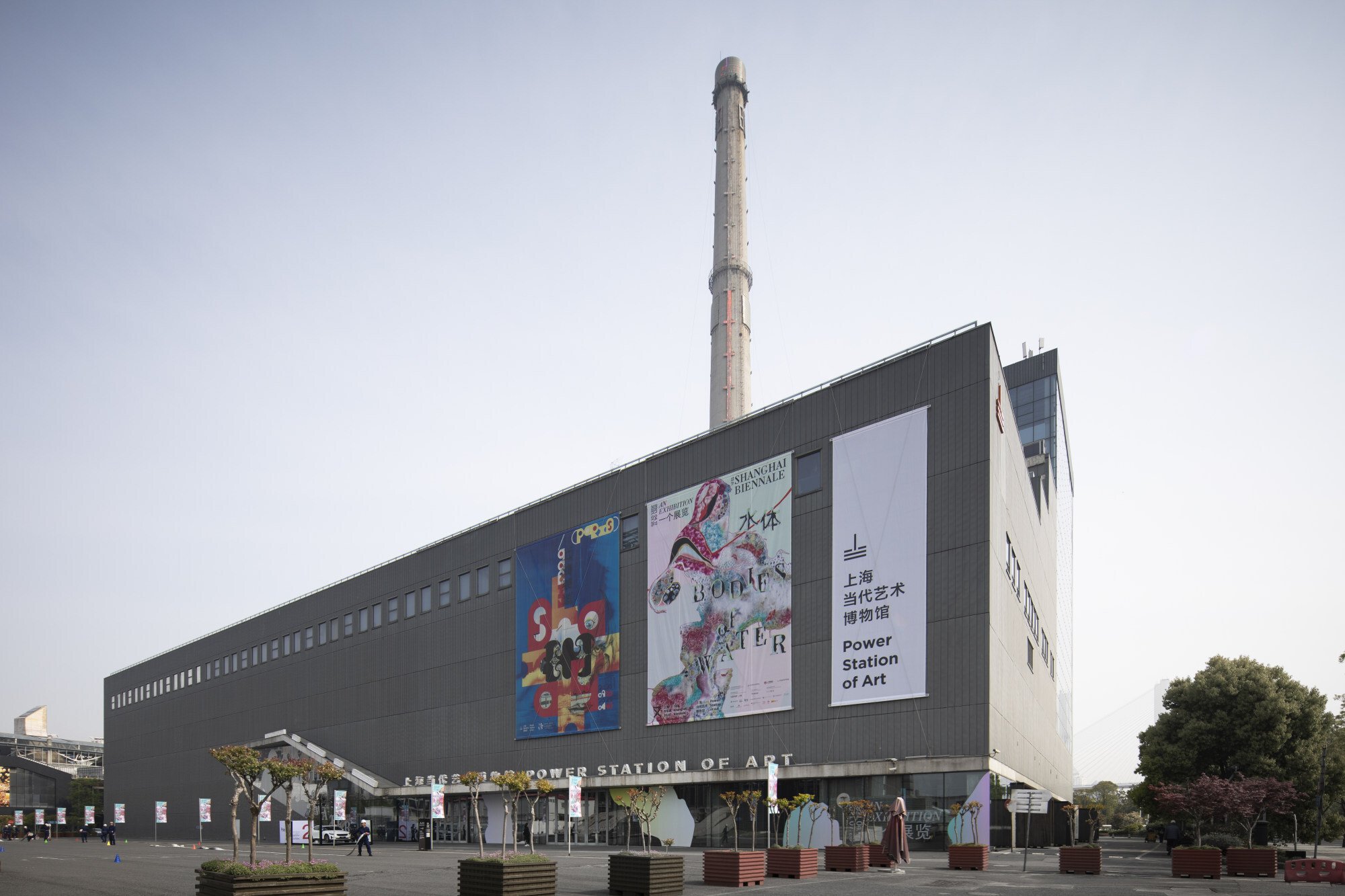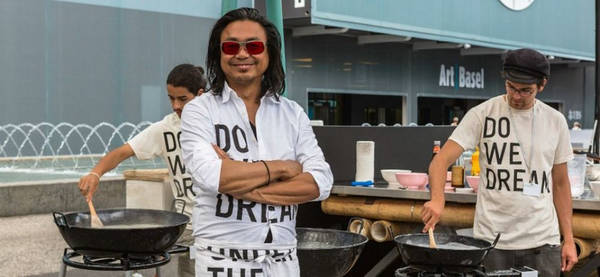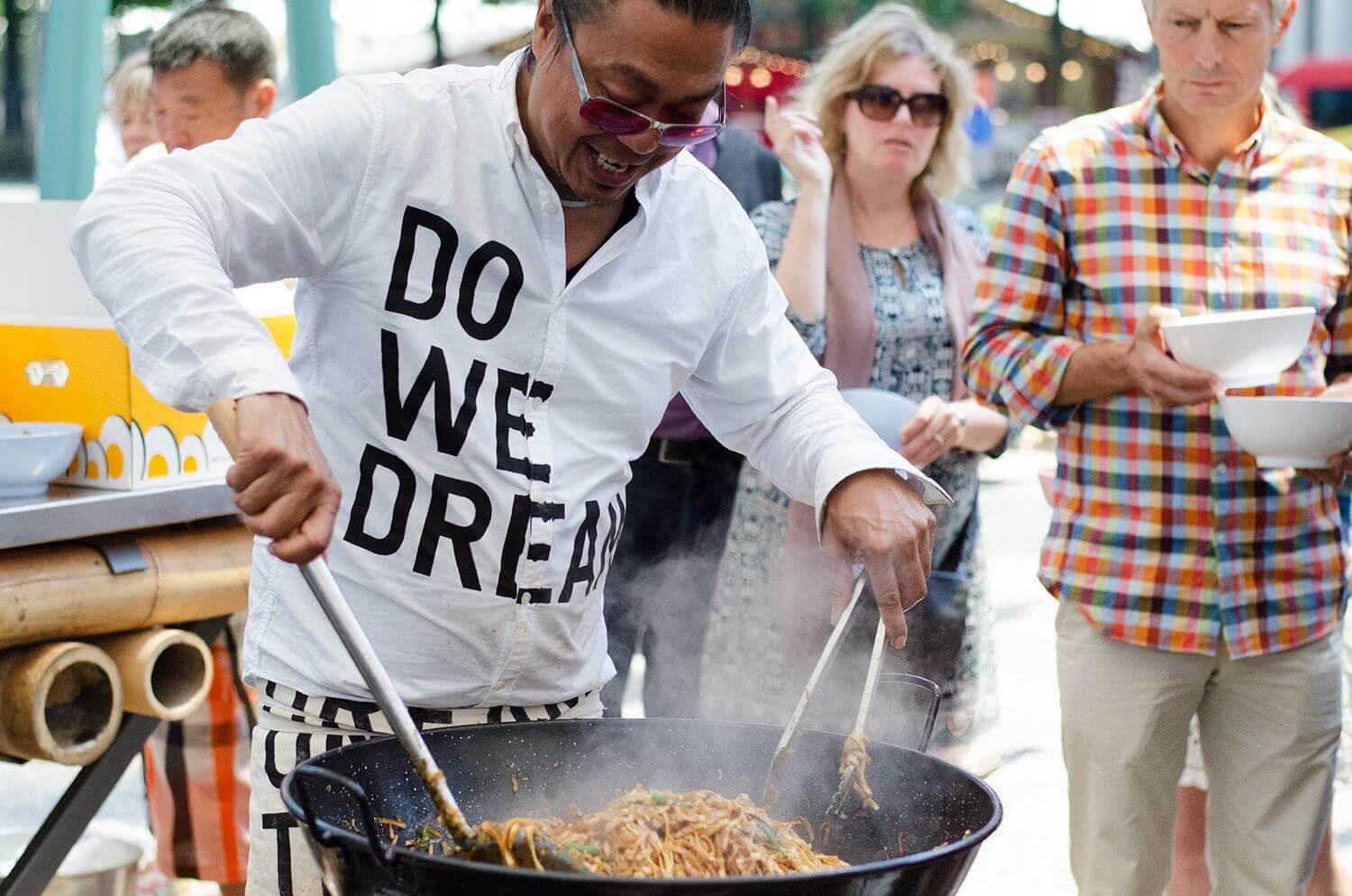

Nowadays, Shanghai has undoubtedly become the centre of the contemporary art trade in China. During the week of November 2022, the Shanghai Contemporary Art Fair, the Shanghai Biennale, the West Coast Art & Design Fair and many other leading international exhibitions open their doors. They have attracted art practitioners from China, Asia and the world to gather in Shanghai to witness contemporary art being inspired and recognized in the city. Thus, this decade, art is becoming integrated into everyday Shanghai as a way of life. Although Beijing holds the title of art and culture and capital, political and urban changes have accelerated the marginalization of artists. It is well known that commerce in Shanghai gives rise to culture and art, such as the emerging collectors and fund managers. I am also aware that the shape and ecology of art are closely linked to the political and economic environment of their cities.
At the same time, the recent transformations in the global markets and politics and economy are changing the breadth and depth of curation in a dramatic way as cities develop. Because we see that much of the literature on curation today focuses on the study of biennials, one of the ‘major’ biennials, the Shanghai Biennale, began in 1996, when the first international art exhibition was organized. The Shanghai Biennale has since become the most influential international biennale of contemporary art in China and one of the most important biennales in Asia.
The Shanghai Museum of Contemporary Art (PSA) presented the 13th Shanghai Biennale, Bodies of Water. Its leading exhibition, PHASE 03: AN EXHIBITION, featured 64 artists, including 33 new commissions, at the PSA and other venues in Shanghai. Chief Curator Andrés Jaque says: “The 13th Shanghai Biennale advocates for the momentous contribution that art plays in the reconstruction of a world shaped by environmental, social and political distress”. During this period, he said that the interdependence and flexibility of art and science, social constructs, technologies and models, the Biennale allied with students and teachers from five art schools in historic Shanghai. Since its launch, it has also expanded through online platforms on the web, co-produced by Docu-TV and broadcasting programmes to the world through Dongfang TV and social networks.
Overall, I would argue that the Biennale aims to challenge the divide between contributors and the public, understanding the Biennale as an ‘ecosystem of alliances’ and seeing artists and audiences as co-participants in the reconstruction process. I found that the curators used innovative methods and approaches to translate the artists’ work. At the same time, curators are challenged by the certainty and uncertainty of an evolving future. Through transcription and translation, they may also contribute to the evolution of the host city into a global marketplace for elite consumers. Similarly, they take into account key shifts within the exhibition system and the aesthetic precedents that define our relationship with history and culture. Therefore, the Biennale is a laboratory for world-class exhibitions, including experimentation, investigation, and aesthetic emancipation; it is also a place where the experience and knowledge of curators are tested. Likewise, they consider the transformations within the exhibition programme and the aesthetics that define our relationship with history and culture.


In addition, it was during 1960s and 70s that Robert Smithson and Gordon MattaClark attempted to break the barrier between culture and society, innovating strategies that deconstructed the museum paradigm of viewing art.
In terms of ‘minor’, Rirkrit Tiravanija is both an artist and a curator. For example, in 1992, Rirkrit Tiravanija created an exhibition entitled Untitled (Free) at 303 Gallery in New York. This ‘minor’ work has significance. This is because the artist has transformed the gallery into a kitchen, where he serves rice and Thai curry for free. In this seemingly simple curated exhibition, the artist invites visitors to interact with contemporary art in a more social way. I have noticed that the artist as curator always brings a different approach and perspective. At the core of his curatorial project: not a model of formalism and bureaucracy, but an aesthetic, intellectual acknowledgement. His curatorial projects are often completed within the community. He often explores interdisciplinary or collaborative practices. I consider ‘minor’s’ curatorial projects more concerned with ‘ecological philosophy’. This includes the interrelationship of individuals with their cultural, social, economic and natural environments. My question are : why does ‘minor’ curator matter and how does it have essential resonance and relevance? I really realize it is an important dialogue.

